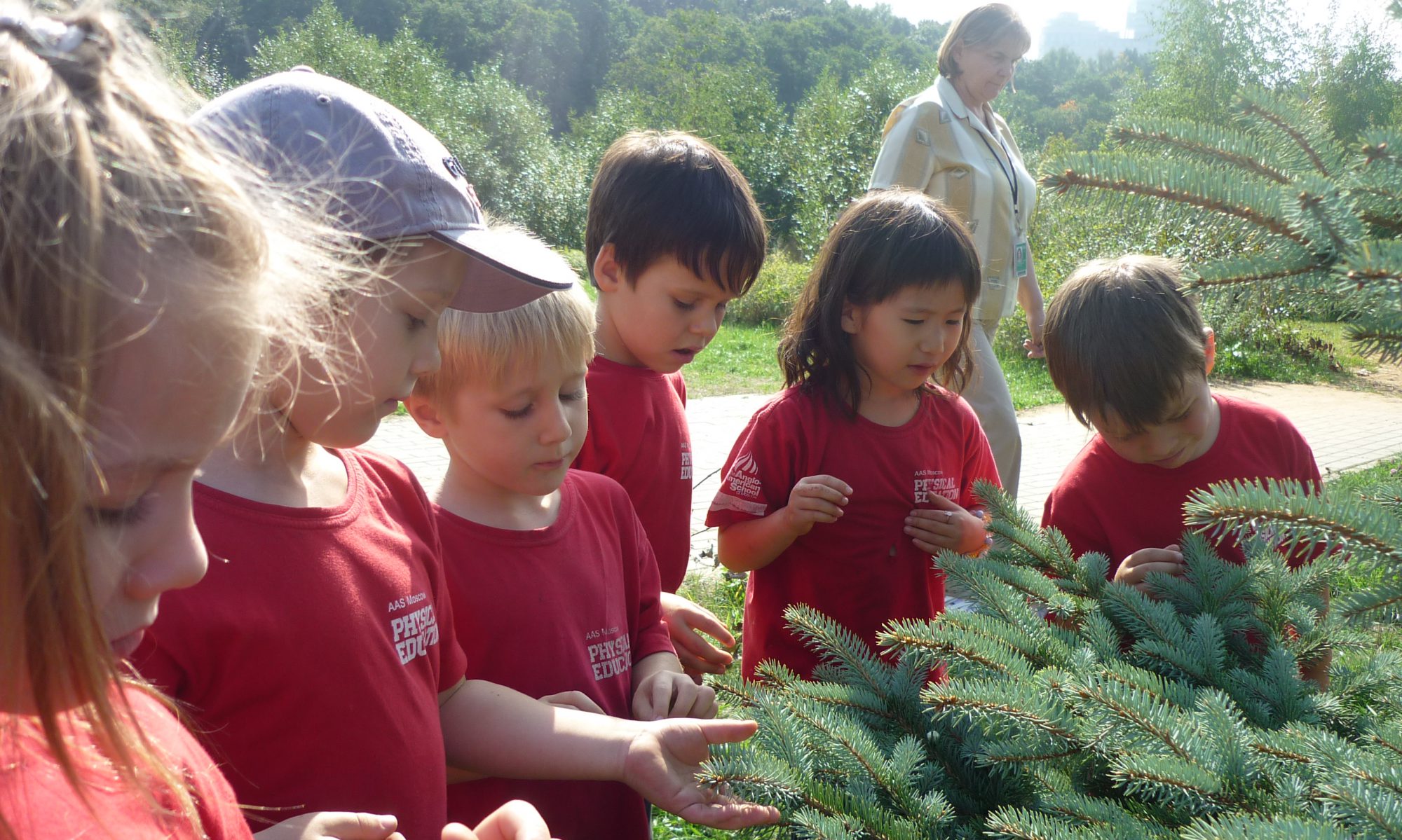At the beginning of our “Sharing the Planet” unit of inquiry, KZE adopted some caterpillars. We enjoyed observing them and taking care of them. They turned into cocoons. Last Tuesday, some of them hatched. We were all so excited about seeing the moths. We wanted to find out more about the moths. We shared our questions and then we tried to find the answers. We researched books and on internet. Our reading buddies helped us. We learned a lots about moth:
Tim: “First they lay eggs.”
Alexandra: “Then when the eggs hatched, they become caterpillars.”
Julia: “Then they built a cocoon, and then they waited and wiggled, they come out from the cocoons and become moths or butterflies. Some moths have patterns on their wings.”
Tomasz: ” I learned that they need to dry their wings after hatching from the cocoons. Sometime they hatched at night”
Mali: “If you touch the wings of the moths, they may not be able to fly. Some moths don’t need to eat.”
Altai: “I learned that their home is the world. After we release them, they will try to re-produce.”
Alex: “Moths like to fly at nights. And they land on light.”
“When the cocoons hatched, they have some liquid to help them get out. It smelled.”
We shared all our knowledge about moths with our reading buddies and parents. One of the things we learned about moth is that we need to release them. So they can return to nature – find a partner to re-produce more moths. So we had a release party. Other Kindergarten classes joined us. We shared our learning with other K students as well.
Excitements last till the end in KZE! We created this video to share with you. Hope you will enjoy our learning experiences.
https://animoto.com/play/Uf4GKDAKAKQZD5Dkl8FhWQ
This will be our last KZE blog post of the year. Thank you for visiting our class blog. Wish you all a wonderful summer!!!

 Yesterday, Nick noticed something about the book “What the Sun Sees.” By Nancy Tafuri – the back cover was upside down. He told Mrs. Zurfluh about it. Mrs. Zurfluh asked: “What do you think about that? I wondered WHY?”
Yesterday, Nick noticed something about the book “What the Sun Sees.” By Nancy Tafuri – the back cover was upside down. He told Mrs. Zurfluh about it. Mrs. Zurfluh asked: “What do you think about that? I wondered WHY?”